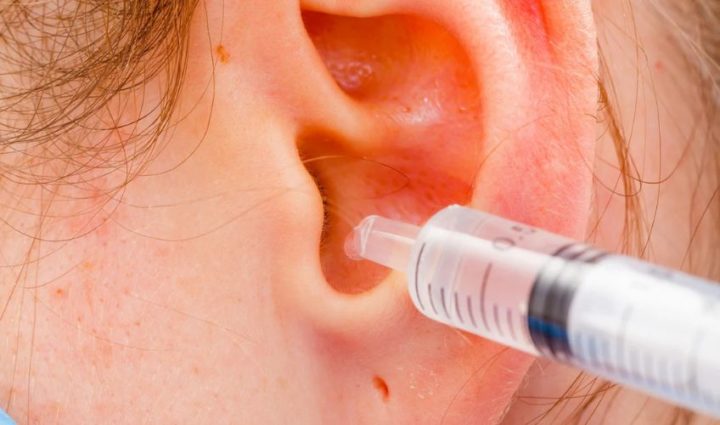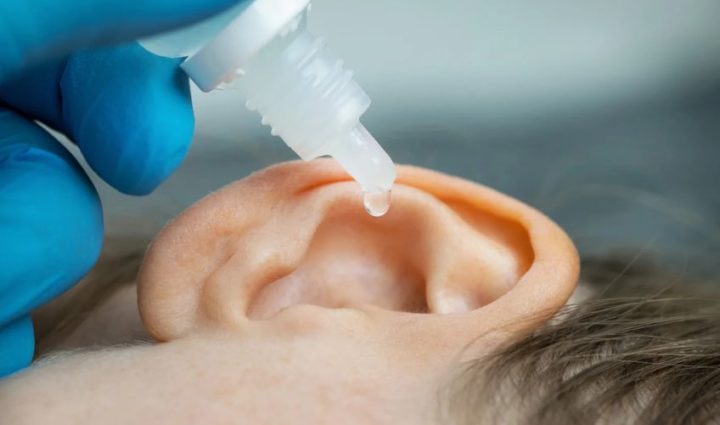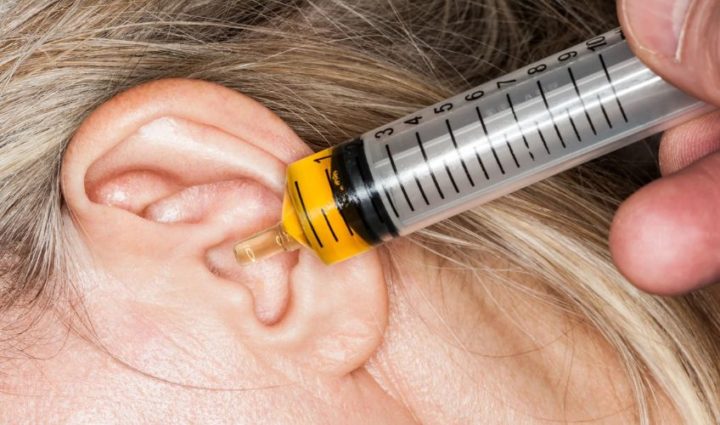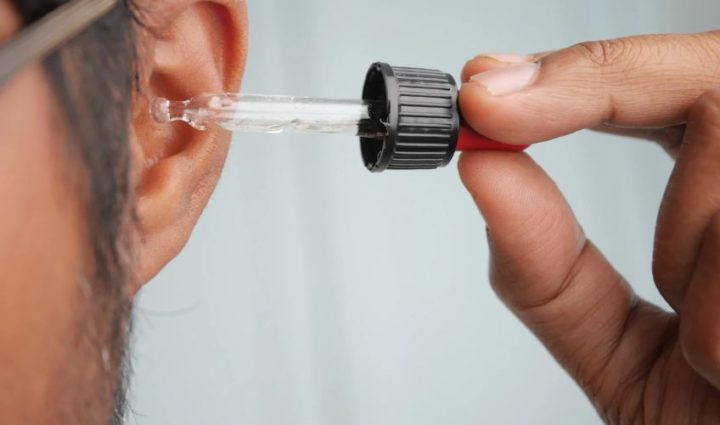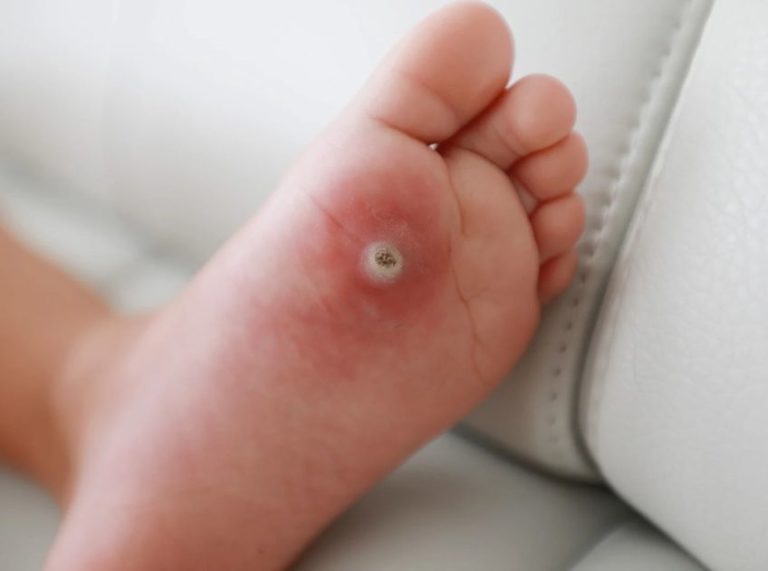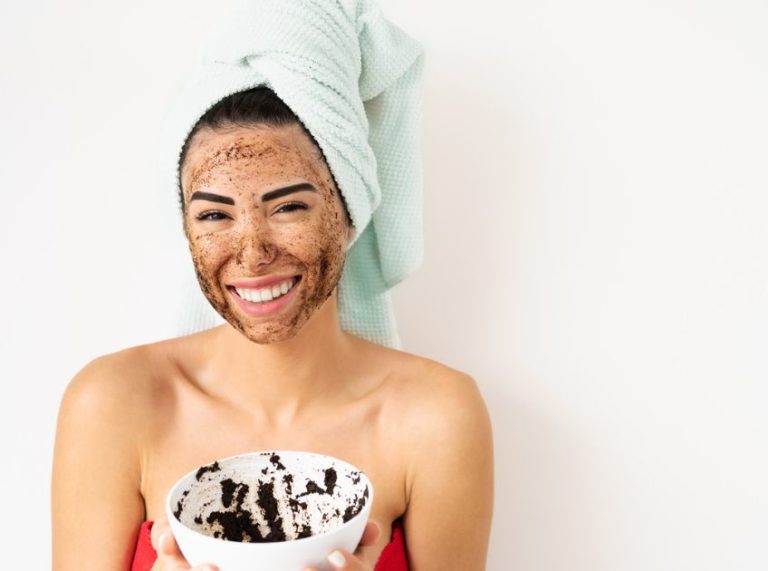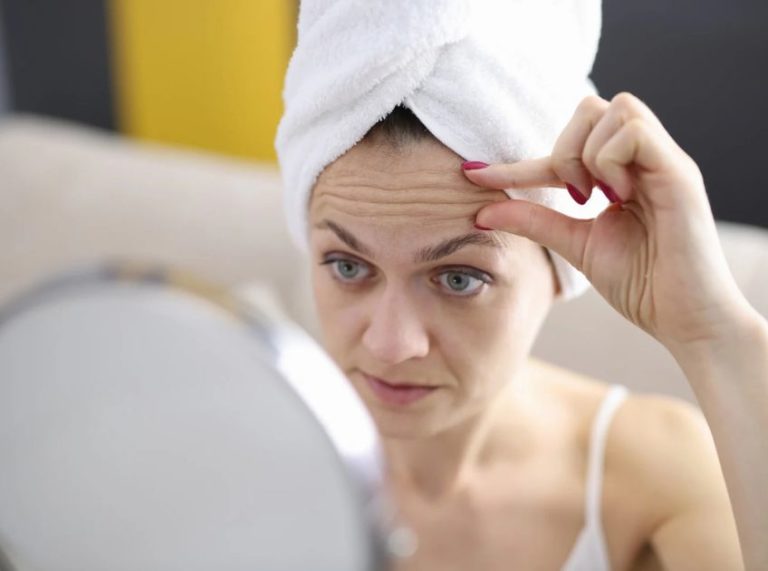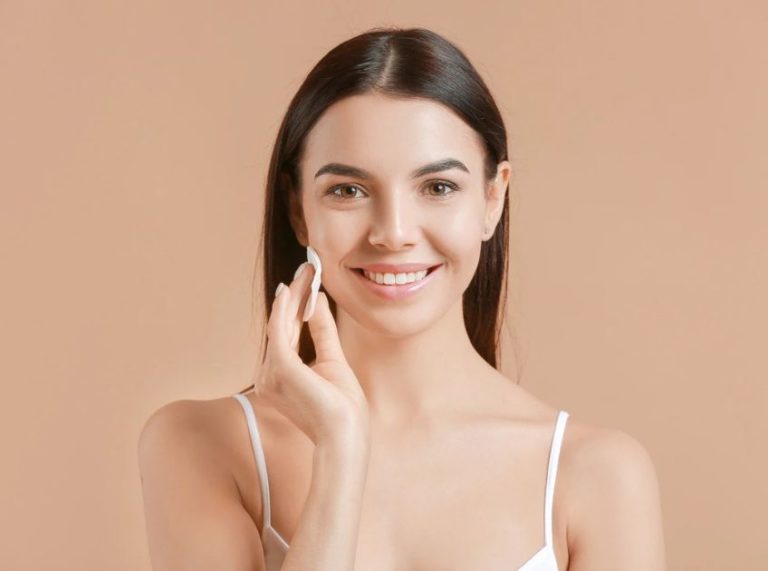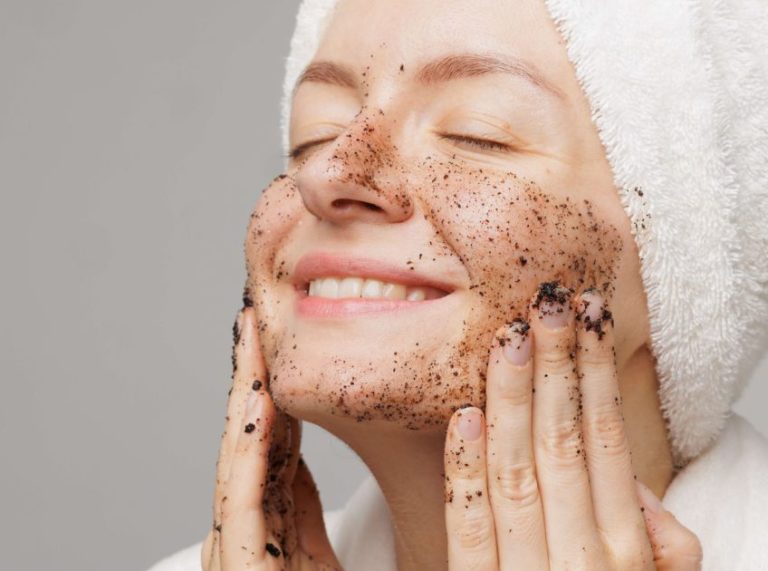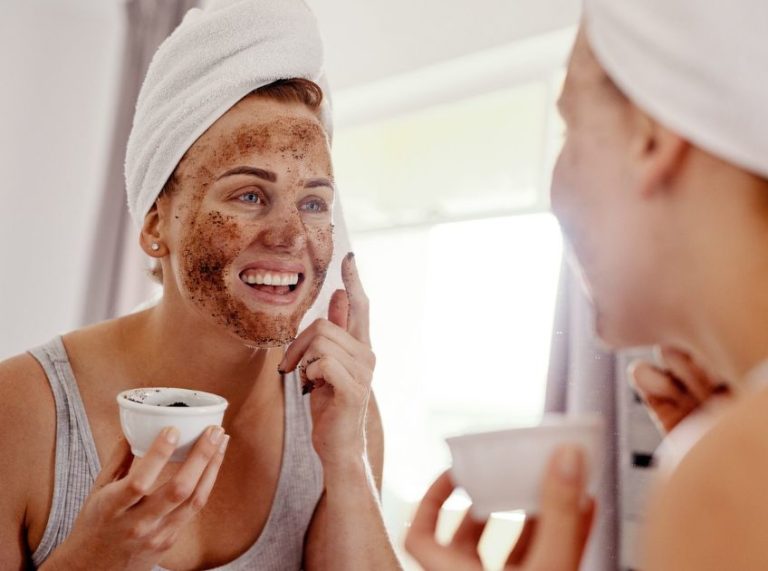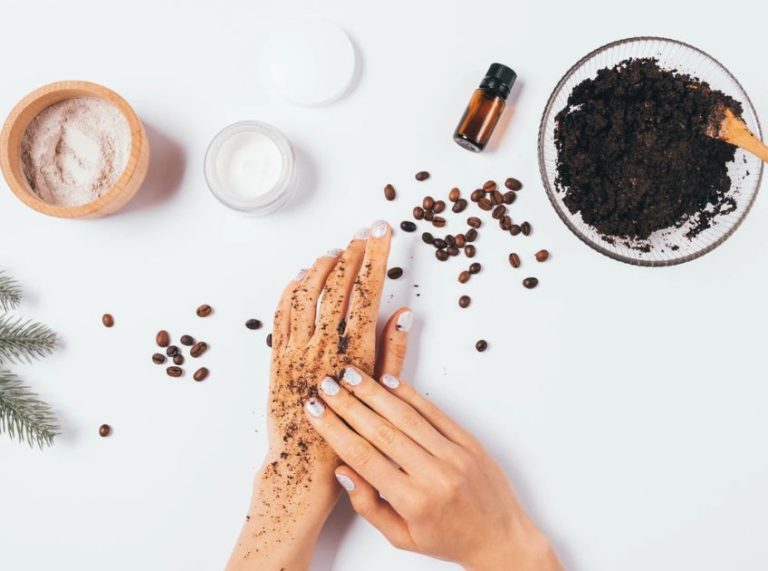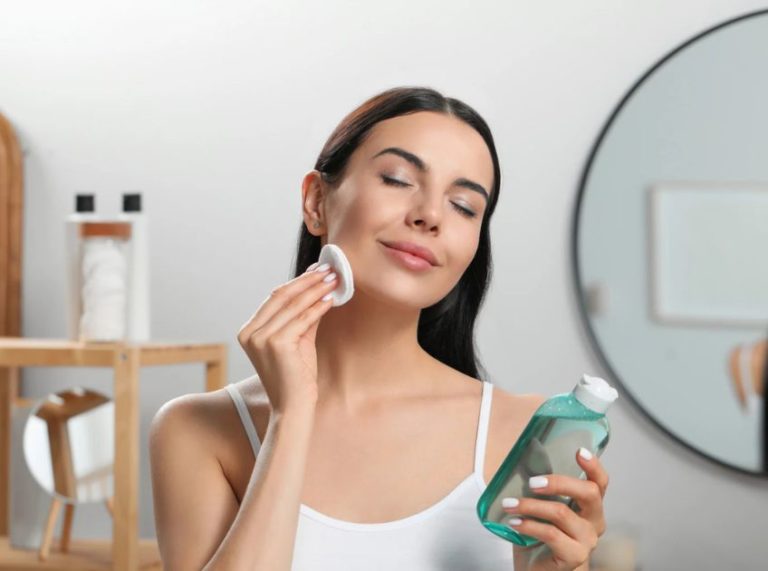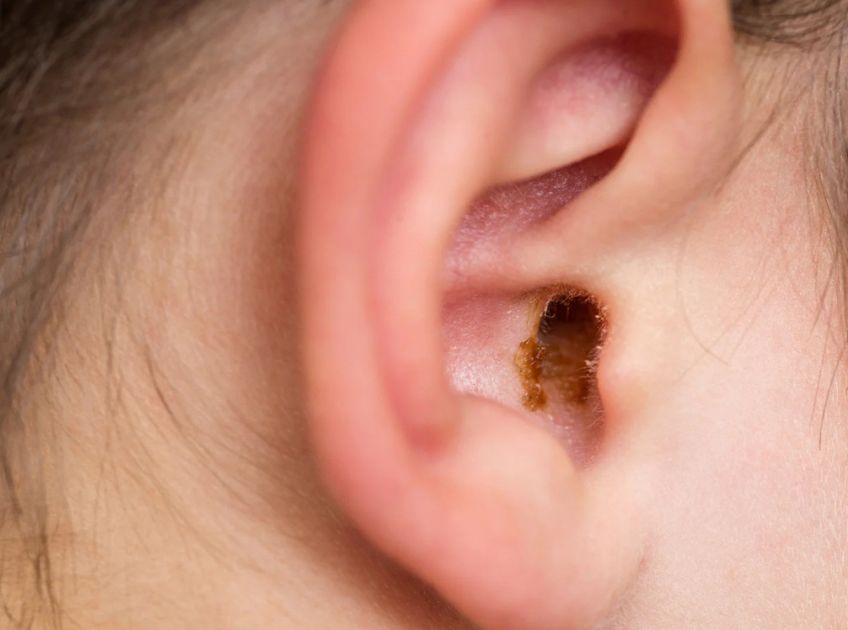
Important: This article is for informational purposes only. Please read our full disclaimer for more details.
Earwax, also called cerumen, often gets a bad reputation. Many people see it as dirty or unhygienic, but in reality, earwax plays an essential role in protecting the ears. It is produced by glands in the ear canal and helps trap dust, dirt, and microorganisms, preventing them from reaching the eardrum. Earwax also has natural antibacterial properties, which means it protects against infections.
Most of the time, earwax moves naturally toward the opening of the ear, where it either dries up and falls out or can be gently wiped away. Problems only arise when earwax builds up excessively, leading to symptoms like ear fullness, hearing difficulties, ringing in the ears, or discomfort. This is when safe removal methods may be necessary.
Do You Really Need to Clean Your Ears?
One of the biggest misconceptions about ear care is that ears need regular deep cleaning. In reality, the ear is self-cleaning. The movement of the jaw from chewing and talking helps push old earwax out naturally.
According to the American Academy of Otolaryngology, most people do not need to remove earwax unless it is causing symptoms (1). Over-cleaning or inserting objects into the ear canal can actually push wax deeper, increase the risk of infection, or even damage the eardrum.
So, the answer is simple: clean only when you need to, and do it safely.
Safe and Effective Home Remedies for Earwax Removal
If you’re experiencing mild discomfort or blocked ears due to wax, there are several safe methods you can try at home.
1. Warm Water Rinse
- Fill a rubber bulb syringe with warm (not hot) water.
- Tilt your head sideways over a sink.
- Gently squirt the water into the ear canal, then let it drain out.
- Repeat a few times if needed.
Benefit: Warm water softens earwax and helps flush it out naturally.
2. Over-the-Counter Ear Drops
- Purchase earwax-softening drops from a pharmacy. These often contain ingredients such as hydrogen peroxide, saline, or carbamide peroxide.
- Follow the instructions carefully, usually applying 5–10 drops into the ear while tilting your head.
- Stay in this position for a few minutes to allow the drops to work.
- The softened wax often comes out on its own or during your next cleaning.
Benefit: Clinically proven to soften wax for easier removal.
3. Natural Oils
- Use a few drops of mineral oil, baby oil, or olive oil.
- Warm the oil slightly (make sure it is not hot) and apply 2–3 drops into the affected ear with a clean dropper.
- Keep your head tilted for 5–10 minutes, then sit upright and wipe away any excess oil.
Benefit: Oils lubricate and soften wax, making it easier for the ear to expel naturally.
4. Saline Solution
- Mix half a teaspoon of salt in a half-cup of warm water.
- Use a dropper to place a few drops in the ear.
- Let it sit for a few minutes before tilting your head to allow it to drain.
Benefit: Gentle, homemade option for loosening hardened wax.
Home Remedies You Should Never Try
While the internet is full of DIY ear-cleaning hacks, many are unsafe and can cause more harm than good. Avoid the following:
Ear Candling
This practice involves placing a hollow candle into the ear and lighting it, with the belief that it “sucks out” earwax. Multiple studies, including those from the U.S. Food and Drug Administration (FDA), show that ear candling is ineffective and can cause burns, ear canal blockages, or even perforated eardrums.
Sharp Objects
Using cotton swabs, hairpins, or other objects to “scoop out” wax is dangerous. These methods usually push wax deeper into the canal, creating blockages. Worse, they may scratch the delicate ear canal or puncture the eardrum.
Excessive Hydrogen Peroxide
While diluted hydrogen peroxide solutions are found in some ear drops, using concentrated peroxide or applying it too frequently can irritate the ear canal and cause inflammation.
In short, if the remedy sounds too harsh or risky, it probably is.
What Science Says About Earwax Removal
Studies confirm that most ears are self-cleaning and only require intervention when there is discomfort or blockage. Research published in the British Journal of General Practice highlights that ear drops containing softening agents such as carbamide peroxide are safe and effective for breaking down wax (2).
Meanwhile, the American Academy of Otolaryngology strongly discourages the use of ear candling (3) and sharp instruments, stating that these methods can lead to serious injury without offering any proven benefit.
Evidence also shows that warm water irrigation, when done correctly, is a simple and effective way to manage earwax at home. However, individuals with a history of ear surgery, ear infections, or perforated eardrums should avoid irrigation and consult a healthcare provider instead.
Final Thoughts
Earwax is not your enemy—it is a natural protective substance. For most people, leaving it alone is best. When it becomes bothersome, safe home remedies such as warm water rinses, ear drops, and natural oils can help. Avoid dangerous practices like ear candling or inserting sharp objects, as these can do more harm than good.
For recurring or severe earwax issues, professional removal by a doctor or audiologist is the safest option. The key is balance: respect your body’s natural cleaning process while knowing when gentle, evidence-based help is needed.
